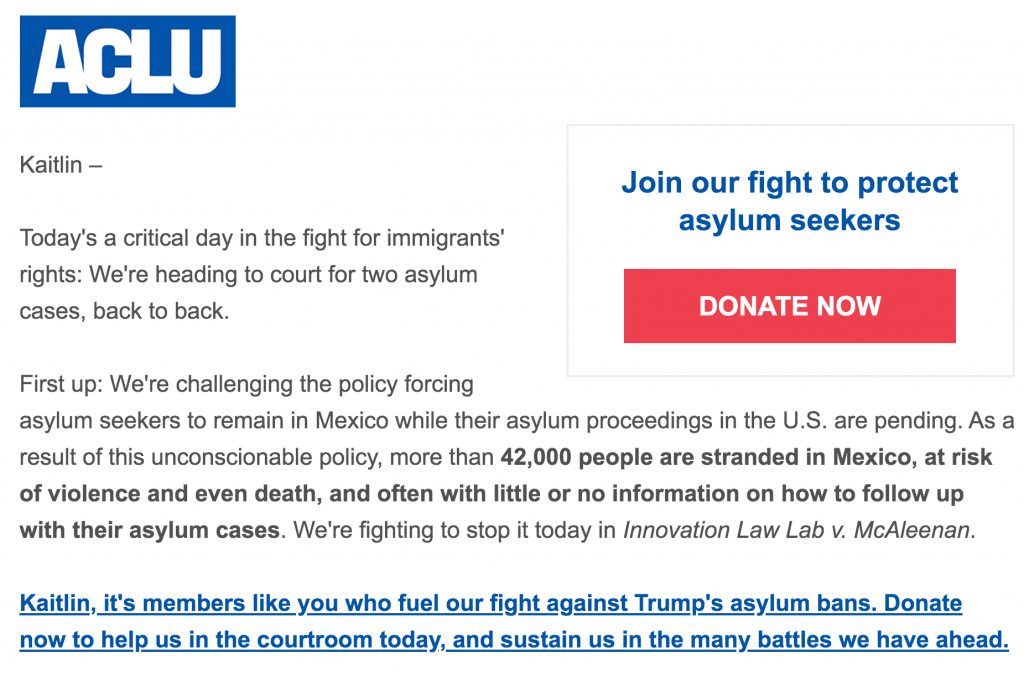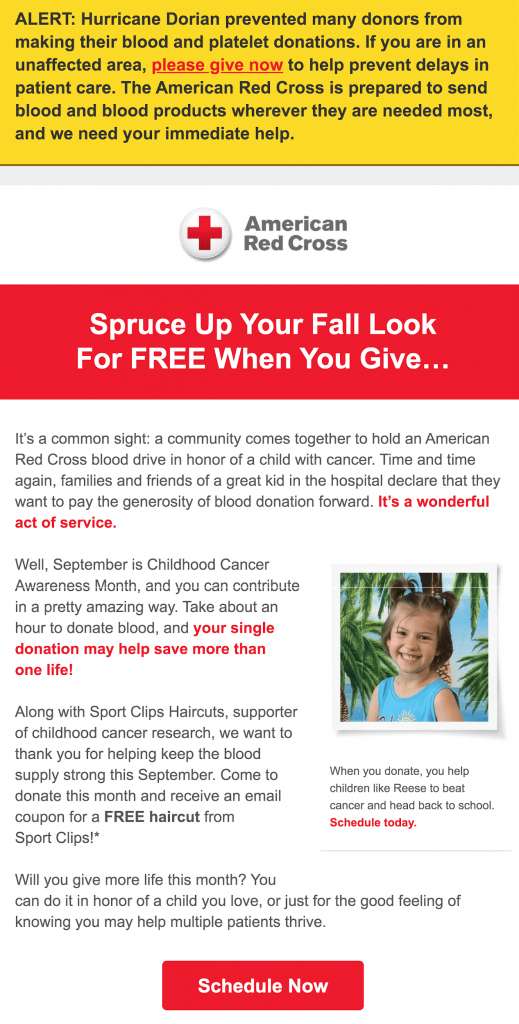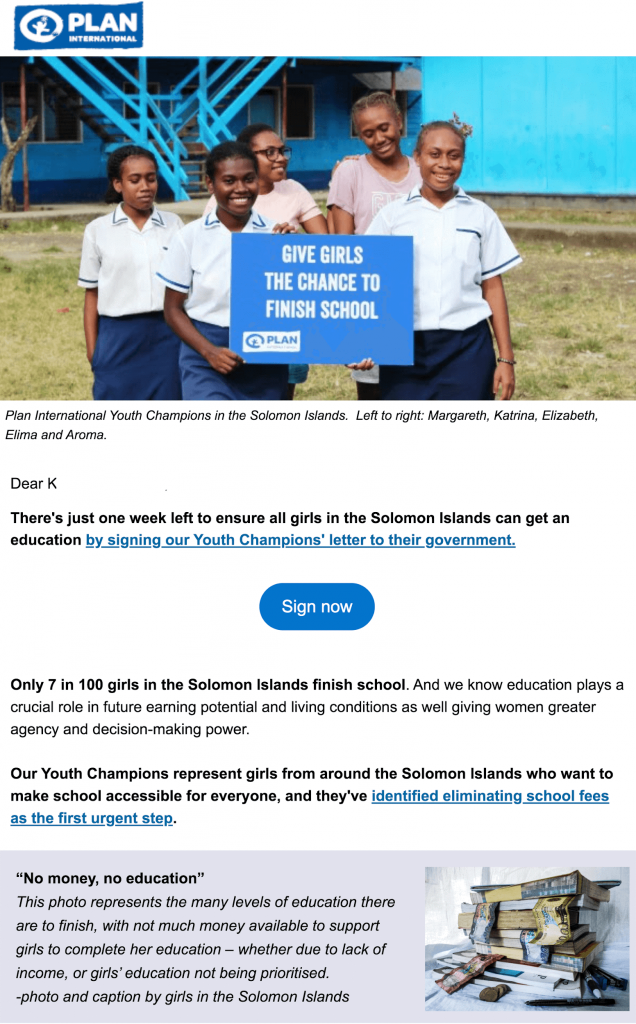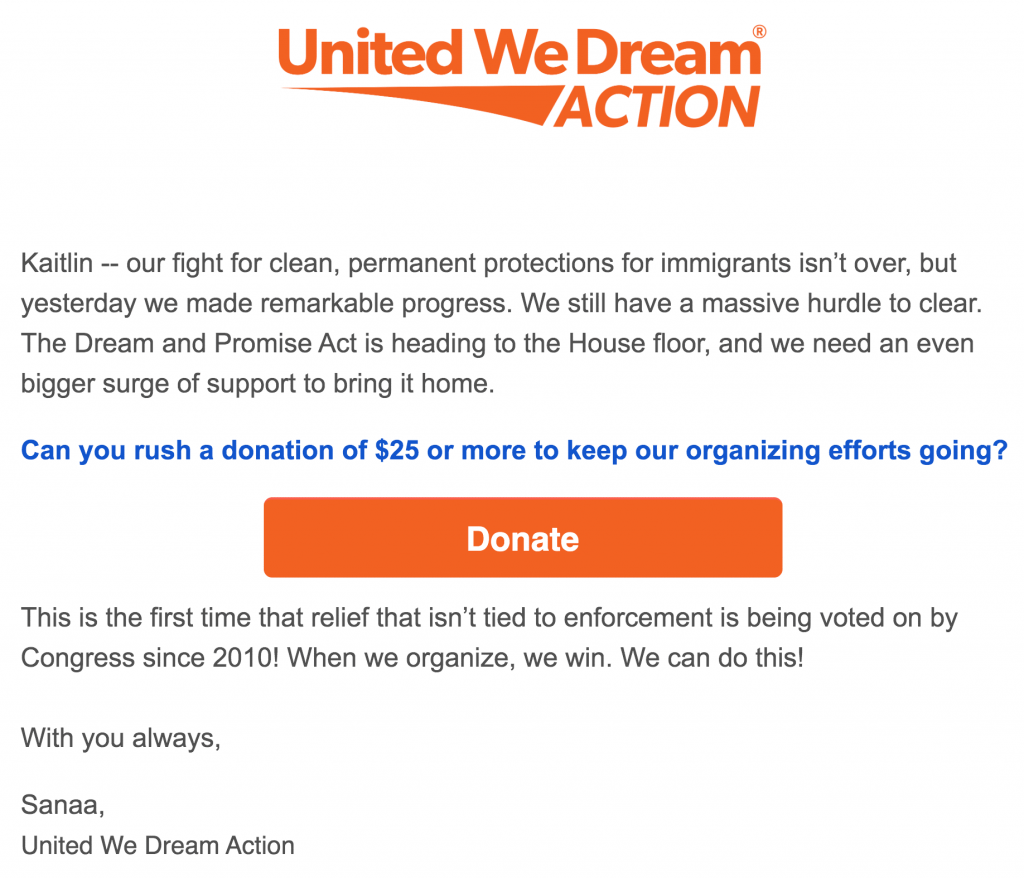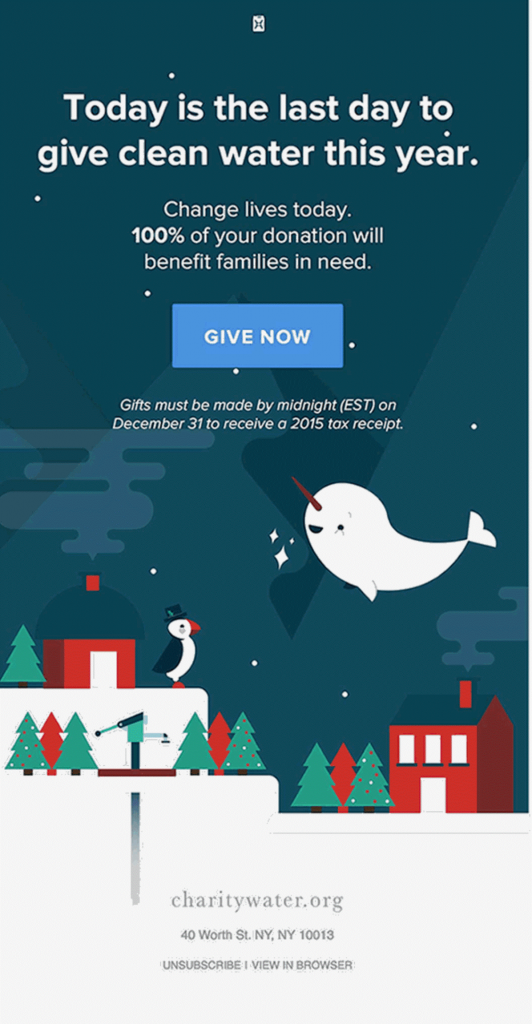This is a guest post from Kaitlin Westbrook, a Nashville-based content writer at Campaign Monitor. She covers business, email marketing, and creative content. You can find her on X @kaitwarren.
Thanks to the generosity of others, many nonprofits are able to make a difference—often, on a global scale. Generosity can take many forms, whether it’s volunteer work, in-kind donations, or financial contributions.
Still, encouraging donors to give up their time or money can prove difficult. So how can nonprofits inspire people to donate and contribute to organizations time and time again?
How you can start inspiring donations today
As someone who works for a nonprofit, you may feel that donations are simply left to chance. If you send an email at the right time, and your donors happen to be financially comfortable, then maybe you’ll get a donation, right?
Actually, it turns out there’s a method to earning donations. Partnering with Qgiv, Campaign Monitor recently did a study that investigates how nonprofits perceive donor interaction compared to how donors approach nonprofits.
The findings may surprise you.
In this study, donors were asked what type of messaging would inspire them to donate to a nonprofit with immediacy, and various donors gravitated toward different answers. Below, we list the top four reasons donors are inspired to take action.
Read on to learn more about the study’s findings, as well as the steps you can take to get donations today.
1. Send urgent campaigns with specific needs.
Donors can see themselves donating for a variety of reasons. The number one reason? An urgent campaign with specific needs and goals.
Nonprofits are so often tackling huge issues—like clean drinking water or an end to hunger—this can feel overwhelming to donors. In fact, the constant influx of negative news we receive is shown to have a detrimental effect on mental health.
By providing a specific issue with an achievable goal, people are more willing to donate right away. This can include short-term goals, such as earning a certain amount of money in a specific time frame, or it might directly correlate with current news.
For instance, ACLU is a nonprofit that tackles numerous issues, but, in the email below, they tackle one highly covered issue for the largest impact. The email highlights the ACLU’s upcoming trial and further emphasizes the need for immediate donations.
 2. Include real pictures and real stories.
2. Include real pictures and real stories.
Many marketers know the benefits of using high-quality images that feature faces in social and in marketing emails, but what you may not know is how well this same tactic works for nonprofit emails.
Donors surveyed said they’d likely donate today, just by receiving an email with real pictures and stories featuring those helped by their efforts. In fact, this was the second most popular reason for donating with immediacy.
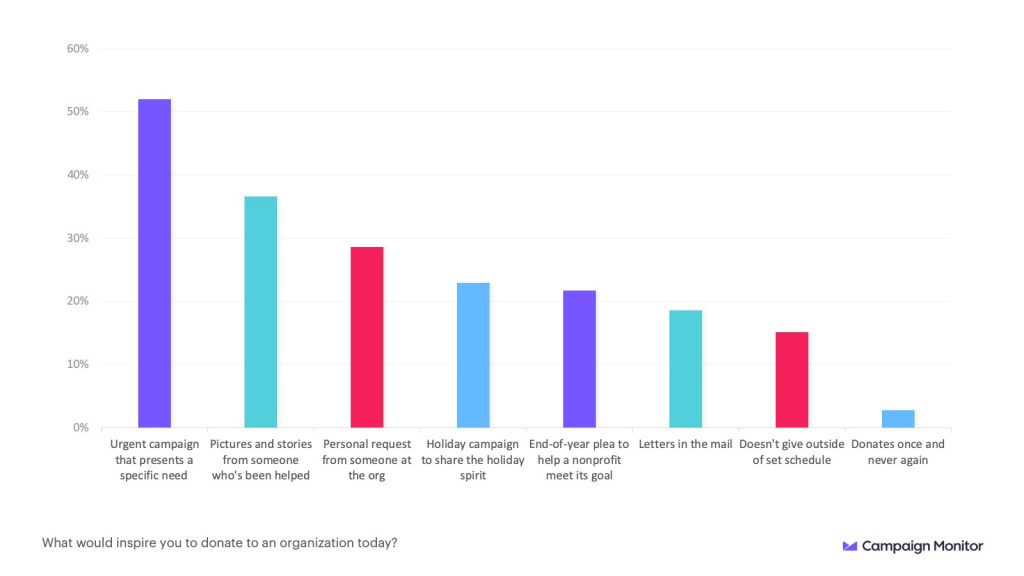
If your organization doesn’t have that specific information on hand, you can simply send pictures and stories of people your nonprofit has helped. American Red Cross does something similar in the email below:
Maybe you’re not looking for financial donations but need members to sign a petition. Sending photos of real people can encourage engagement for this cause too, as you can see in this Plan International email.
In both emails, subscribers are provided with the names of the children photographed. This encourages a connection to the people in the email, making donations and engagement more pressing.
3. Email personal requests from individual organization members.
In order for companies to appeal to consumers, it’s important for them to seem human, whether that means building social initiatives, providing employee stories, or connecting with consumers. But nonprofits aren’t companies—so do the same tactics work?
Yes, because shoppers and donors have the same questions: Who does the organization really represent? Who am I really talking to?
Communication from individuals (rather than organizations) can be a thoughtful way to make your nonprofit feel human. Consider sending messages from a specific person at your organization who can make a personal connection.
Why? When donors were surveyed, 28.6% said they’d donate if they received a personal request from someone within the organization.
This individual may explain why they’re part of the nonprofit’s efforts, or they may simply send a quick note explaining why donations count. This example from United We Dream does just that:
 4. Encourage donors to give in honor of the holidays.
4. Encourage donors to give in honor of the holidays.
The holidays are a perfect time to ask donors to give. Giving Tuesday is a wonderful way to offset the intensity of Black Friday and Cyber Monday, and people love giving. In fact, this holiday continues to grow, with $380 million raised in 2018 alone.
You might use your Giving Tuesday email to suggest an end-of-the-year gift, or maybe you can provide a concrete reason why donations matter. Nashville’s nonprofit theater, The Belcourt, does this with the email below:
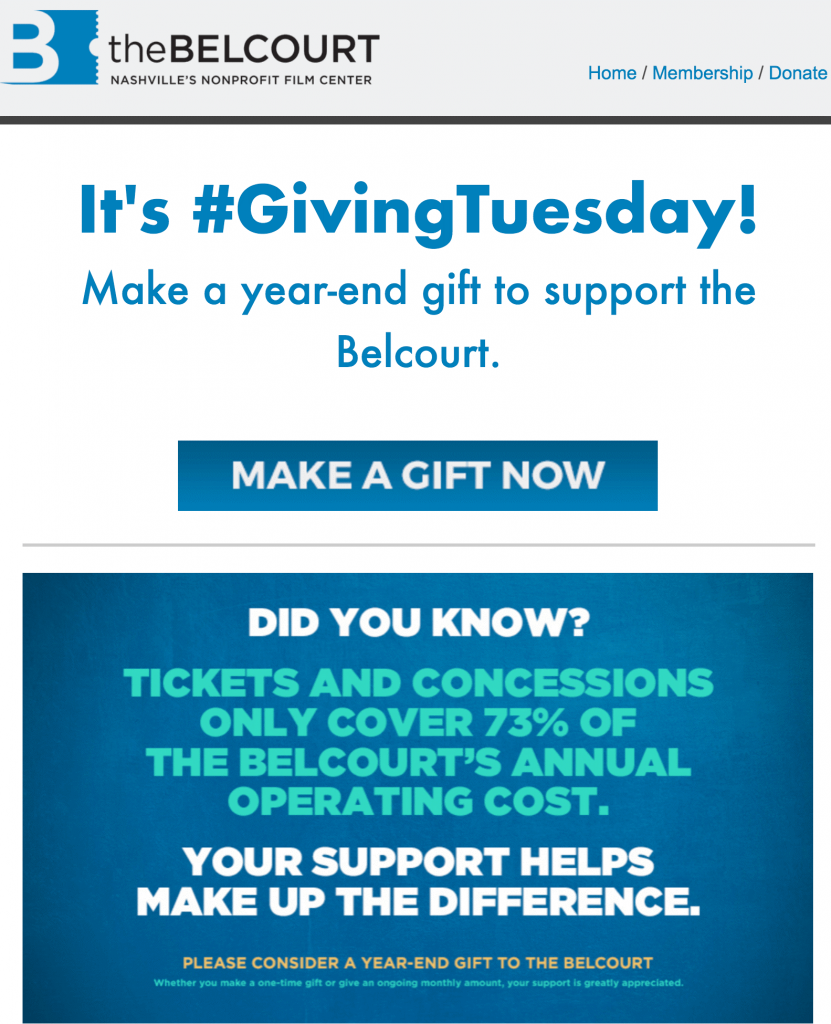
This is a perfect time to create a sense of urgency in your nonprofit emails—tell your donors they only have a few days left in the year to donate. Charity: Water does this perfectly in this email example:
Wrap up
Encouraging donations can be hard, but it’s far from impossible, and, luckily, it doesn’t have to be a guessing game. You can use several tactics to encourage donations from people who are already interested in giving to your organization.
They just need the right circumstances to contribute again.
If you find yourself wishing you could ask donors questions firsthand, this nonprofit guide from Campaign Monitor and Qgiv can help. Download it today to gain insights from original research, found through surveying donors and nonprofits alike. Find the donations you’ve been missing.
Want to learn what types of communications appeal to your donors and inspire them to give? Check out The Data-Backed Guide to Nonprofit Marketing!

